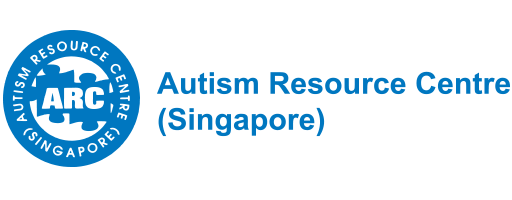Respectable Language for Communications Guidelines:
The Asia Pacific Autism Conference (APAC) 2019 celebrates the diversity as well as the thriving achievements and milestones attained among individuals within the autism community.
We, as a society,accept and embrace the differences but at the same time recognize the challenges and strength associated with autism.
It is utmost important that one has to be mindful, accurate and positive about the language used when addressing issues regarding autism.
We would also like to emphasize and acknowledge that people from different cultures (families and individuals included), continue to hold different views on referencing person on the autism spectrum. We do need to emphasize that this is very personal and thus not something to impose on anyone.
1. Autistic people are proud to be Autistic
According to the NAS survey conducted in UK, amongst autistic adults many preferred the term “autistic person/people”. Autism is part of who they are – not something they would take away.
2.
Autism is not a disorder
Avoid using terms “suffers from” or “is a victim of autism”. Autism is not a disease or illness. Consider the term “is on the autism spectrum”, “has a diagnosis of autism”, “condition” or “disability” can be used in the right context.
Note: The term ASD is used by many people but many prefer the term 'autism spectrum condition' or 'on the autism spectrum' because it avoids the negative connotations of 'disability' or 'disorder'. ASD or autism spectrum disorder should not be used unless the presentation concerns the diagnosis or diagnostic criteria.
3. Asperger’s Syndrome is no longer a diagnosis
Avoid the term “Aspergers” or “Aspie” as these are no longer in the Diagnostic Manual (DSM-V).
4. Avoid delineating autism
Don’t use ‘mild/severe autism’ or ‘high/low functioning’ to categorize, instead say ‘autistic without/with learning difficulties’. Also, don’t use ‘non-verbal’ to describe autistic people who speak few or no words. ‘Minimally verbal’ is more acceptable but should be avoided if possible.
5. Avoid terms like “mentally handicapped/backwards/retardation”
These terms are often considered to bederogatory and offensive by members of the autism community and the wider disability community.
6. Avoid assuming anomaly on development trajectory
Don’t use terms like “normally developing children/adults”. Instead, consider terms like “neurotypical” or “typically developing children/adults”.
7. Emphasize that autism has positive
Focus on the hope offered by research not just the hardships faced by autistic people, whenever possible. Similarly, talk about how research can improve lives, not fix problems.
8. Be specific on the language used
Avoid abstract language, sarcasm or metaphor - some autistic people can take things literally.
9. Treat autistic people with respect
Should an individual become quiet or behave differently, don’t speak down to them, treat them as equals.
10. Be patient and understanding
Should any individual require longer time to process the meaning of words, do allow more time as needed and be respectful.
We would like to acknowledge the Autism Europe, Asia Pacific Autism Conference 2017 and Autistica for the adapted use of the above guidelines.








